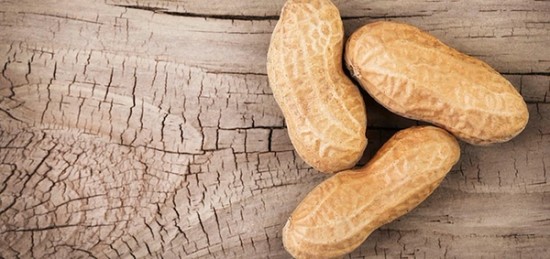By Dr. Andrew Craig, American Peanut Council
Aflatoxin is a naturally occurring byproduct of mold that affects many crops. However, rigorous food safety measures mean the risk of a consumer being exposed to aflatoxin in American peanut products is very low indeed. According to the US Food and Drug Administration (FDA): To date, there has never been a human illness outbreak caused by aflatoxins in the US, where foods are carefully regulated and inspected to prevent such an occurrence [1].
To reach the consumer safely, food grown in soil must be harvested, stored, transported and processed to high standards. Failure to do that can lead to contamination if moulds originating in the soil produce a toxic chemical called aflatoxin. Staple world crops including maize, sorghum, wheat, millet, cocoa beans, peanuts and tree nuts, sunflower seeds, cassava, peppers, rice, figs and some spices may become aflatoxin contaminated, particularly when stressed and then stored improperly. Drought and excessive heat make growing plants more susceptible to disease and post-harvest problems.
Aflatoxin Internationally
Parts of Africa and Asia have experienced serious health problems linked to high levels of aflatoxin in locally grown crops. This does not happen in the United States because American peanut growers and processors use rigorous government-enforced production, storage, and inspection standards to ensure that aflatoxin risk is minimized in human and animal food.
The European Union recognizes the effectiveness of US aflatoxin control and testing procedures by accepting US Department of Agriculture food safety certificates for imported US grown peanuts and peanut products without further testing. To assist parts of the world where peanut production methods need improvement, the US peanut industry works with farmers in other countries to raise their growing and processing standards and reduce aflatoxin health risks.
Eliminating aflatoxin on the farm and during crop storage is the key to preventing contamination. Food regulatory bodies in North America and Europe recognize that aflatoxin is a naturally occurring substance and can never be reduced to “zero.” Human health is protected by meeting low internationally set safety thresholds so that a person’s chances of exposure to aflatoxin are minimized.
Rigorous Risk Reduction
Since first being identified more than 50 years ago, agricultural scientists and the US peanut industry have devoted considerable resources to ensure that aflatoxin is kept below agreed limits. Rigorous cleaning, shelling, sorting and blanching (removal of peanut skins) are key steps in identifying and eliminating damaged peanuts which may have developed aflatoxin from getting into the food supply. For products such as peanut butter, the FDA conducts random checks and removes products from sale that fail food safety standards. We are not aware of any instance of this involving peanut products made from US-grown peanuts. Aflatoxin does not form in peanut butter once it is packed in containers, so if the production process is safe then the final product will be too when it reaches the consumer.
[1] Food and Drug Administration, 2012. Bad Bug Book, Foodborne Pathogenic Micro-organisms and Natural Toxins. 2nd ed.
